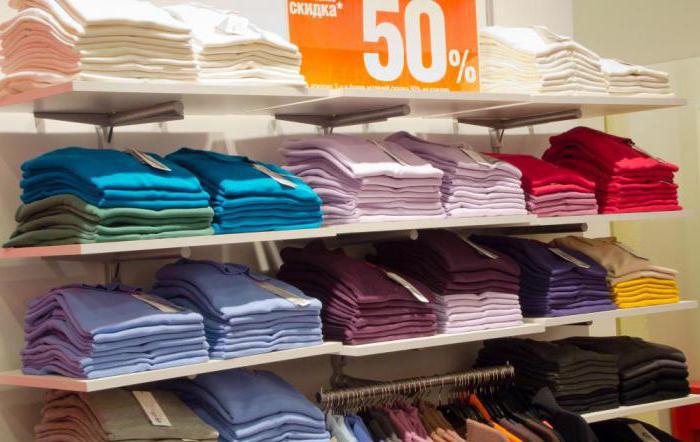The surplus product is the central concept of Marxism
A surplus product is a mathematical productThe concept, which was developed by Karl Marx. He first began working on it in 1844 after reading James Mill's book Elements of Political Economy. However, the surplus product is not the invention of Marx. The concept, in particular, was used by the Physiocrats. However, it was Marx who placed it at the center of the study of economic history.

The classics
A surplus product is the excess of grossincome over costs. So the economy creates wealth. However, the surplus product is not interesting in itself, it is important how it affects economic growth. And it's not so easy to determine. Sometimes the surplus product is the result of the resale of already existing assets. It can also appear in the process of adding value to production. And from how the surplus product was obtained, it will depend on how it will affect economic growth.
Thus, you can become richer at the expense of others,by creating new products or by combining both approaches. For several centuries, economists could not come to a consensus on how to take into account only the additional wealth created by the country. Physiocrats, for example, believed that the only factor is the earth.

The surplus product: the definition of Marx
In "Capital" we meet with the notion of a workingforce. This is the part of the population that creates a social product. The latter includes all the release of new goods and services for a certain time interval. Marx distinguishes in its composition the necessary and surplus product. The first includes all those goods that are used to maintain the dominant standard of living. It is equal to the total cost of reproduction of the population. In turn, the surplus product is surplus production. And they can be distributed as the ruling and working classes decide. At first glance, this concept is extremely simple, but the calculation of the surplus product is actually fraught with considerable difficulties. And there are several reasons for this:
- Part of the produced social product should always be kept in reserve.
- Another complicating concept is the growing population. In fact, it is necessary to produce more than it seems, if we calculate only the number of people at the beginning of the year.
- Unemployment is not zero. Therefore, there is always a part of the able-bodied population, which actually lives at the expense of others. And for this, a product is used, which could be considered as surplus.

Measurement
In "Capital" Marx does not determine the methodology of that,how to calculate the total surplus product. He was more interested in public relations related to him. However, it is clear that the surplus product can be expressed in physical volumes, monetary units and working time. To calculate it, you need the following metrics:
- Nomenclature and volume of production.
- Features of the structure of the population.
- Incomes and costs.
- Number of working hours of representatives of different professions.
- Volume of consumption.
- Features of taxation.

Using
In the production process, one consumesproducts and create others. However, incomes are not equal to costs. The smallest surplus product is created in those industries that produce the least returns. These are spheres from the primary sector. For example, agriculture. The resulting surplus product can be used as follows:
- Wasted.
- Reserved or saved.
- It is consumed.
- Sold.
- Reinvested.
Let's consider a simple example. Suppose that last year there were good weather conditions, we managed to get a good harvest. Not only did it satisfy the needs of the entire population, but there were also surpluses. What will we do with them? First, you can leave them to rot on the field. In this case, the surplus product will be wasted. You can also put surpluses in a warehouse, sell them and buy other goods, and sow additional areas. The latter is analogous to reinvestment. We invest the available free resources in order to further increase our wealth in the future.





